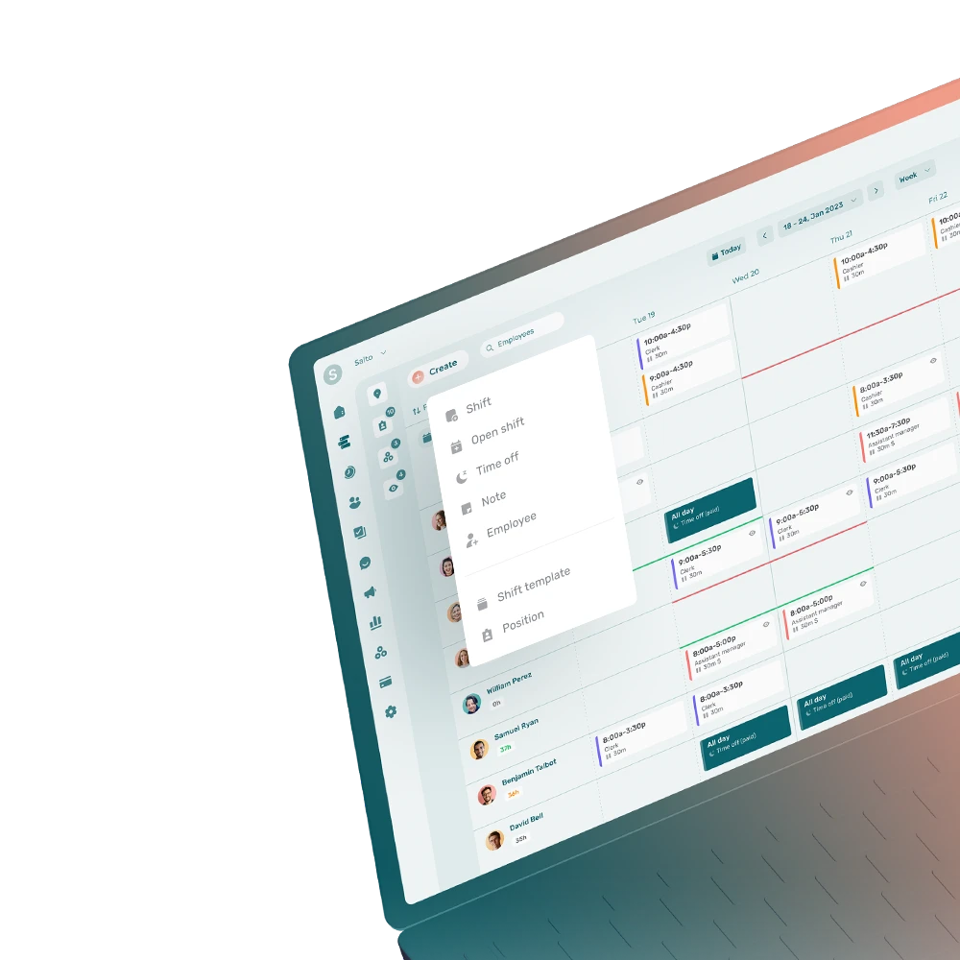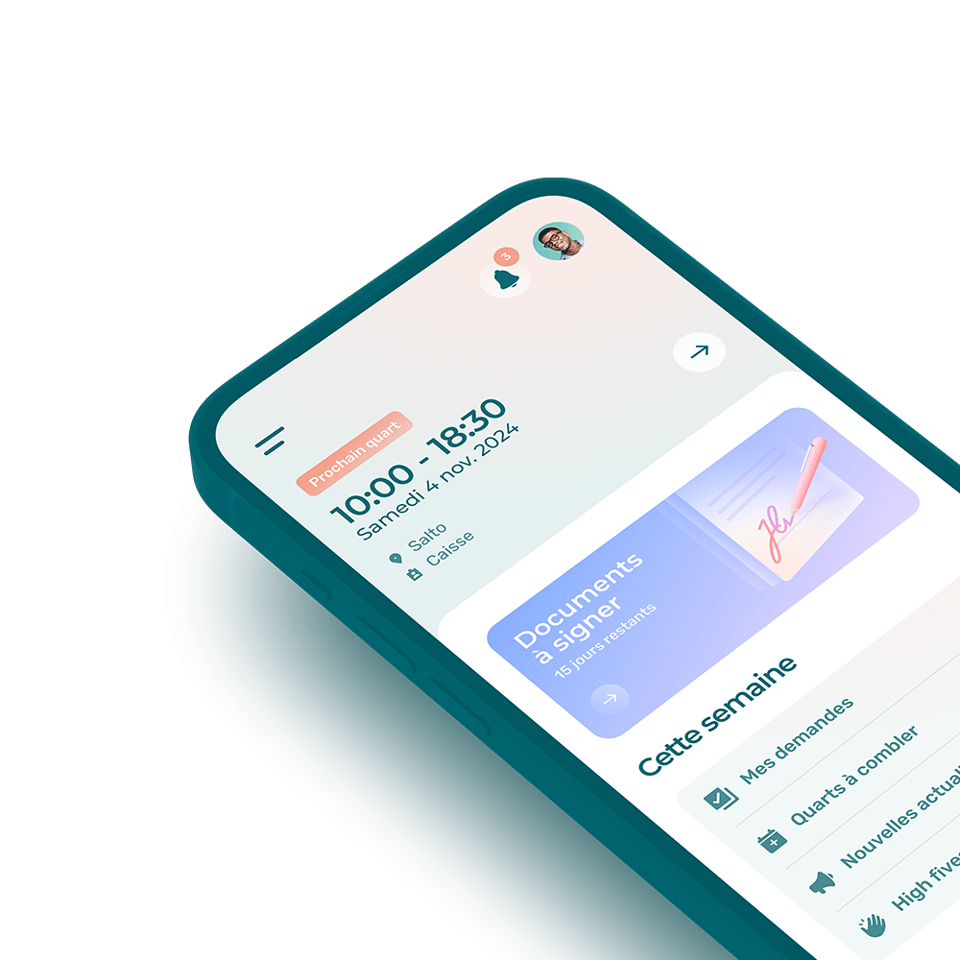Fringe benefits, also referred to as employee benefits, are perks offered by employers in addition to the habitual salary.
What Are Examples of Fringe Benefits?
Fringe benefits are offered by employers to help recruit, motivate, and retain employees. The most common fringe benefits include:
- Life, disability, and health insurance;
- Retirement benefits;
- Tuition reimbursement;
- Fitness center membership or discount;
- Meal or cafeteria plans;
- Paid time off;
- Employee discounts.
What Are the Different Types of Fringe Benefits?
There are two broad types of fringe benefits: fringe benefits required by law and fringe benefits not required by law.
Common fringe benefits required by law include:
- Health insurance;
- Retirement benefits;
- Medical leaves.
Common fringe benefits not required by law include:
- Meal plans;
- Employee stock;
- Employee discounts.
Are Fringe Benefits Taxable?
Certain fringe benefits are taxable depending on the legislation. Employers are responsible for determining which benefits are taxable, calculating their value, and making the appropriate payroll deductions.
For example, the following benefits are taxable in Canada:
- Health and life insurance;
- Personal use of a company car;
- Prizes and awards.
Why Should Employers Offer Fringe Benefits?
Companies that offer additional benefits to their employees make themselves more attractive to different stakeholders.
Fringe benefits that aim to promote better work-life balance contribute to general employee wellness and reduce absenteeism and burnouts.
Overall, fringe benefits serve to improve employee satisfaction and engagement.











